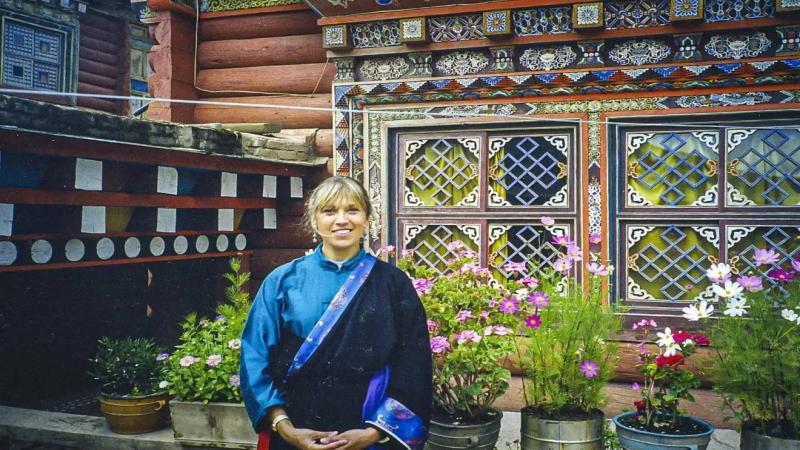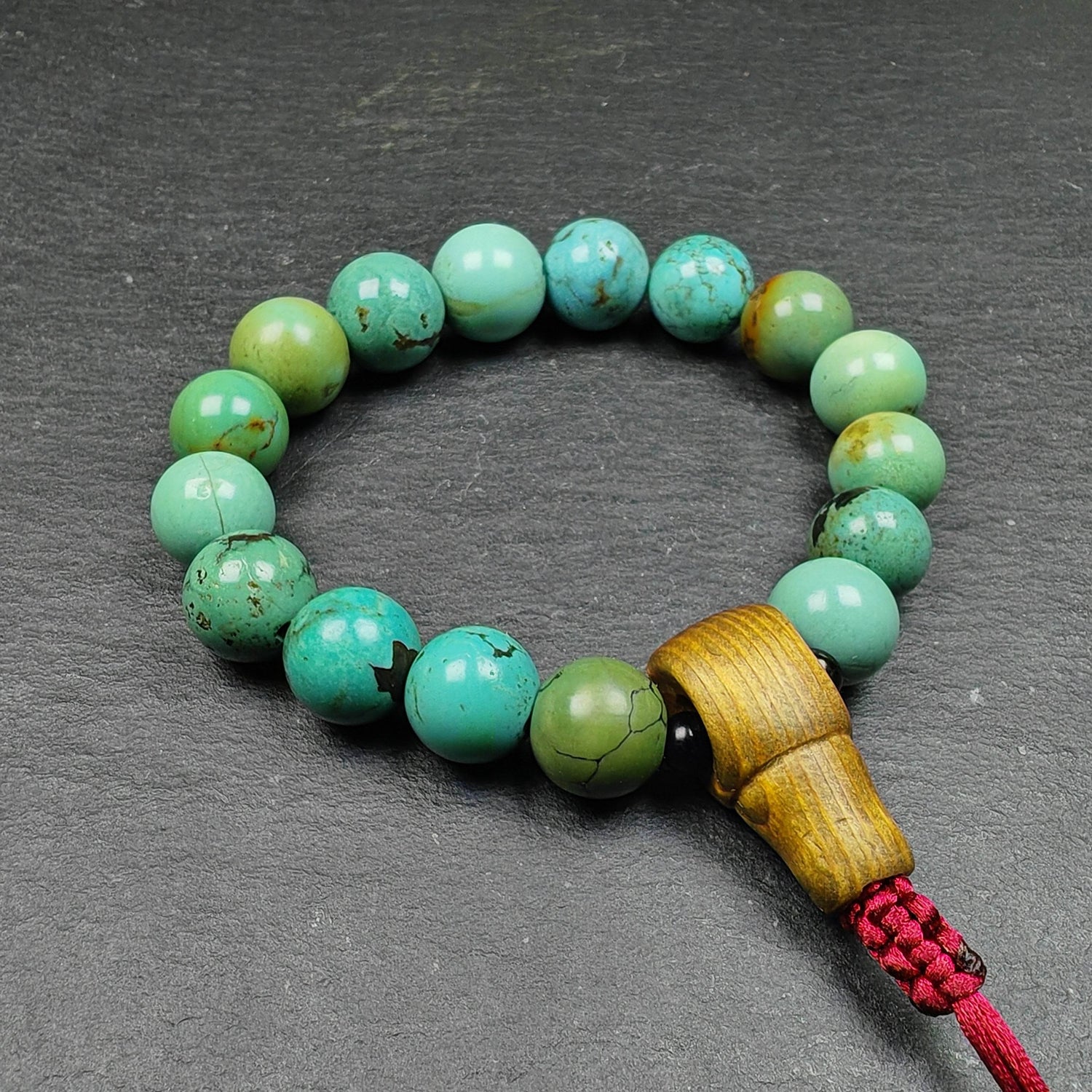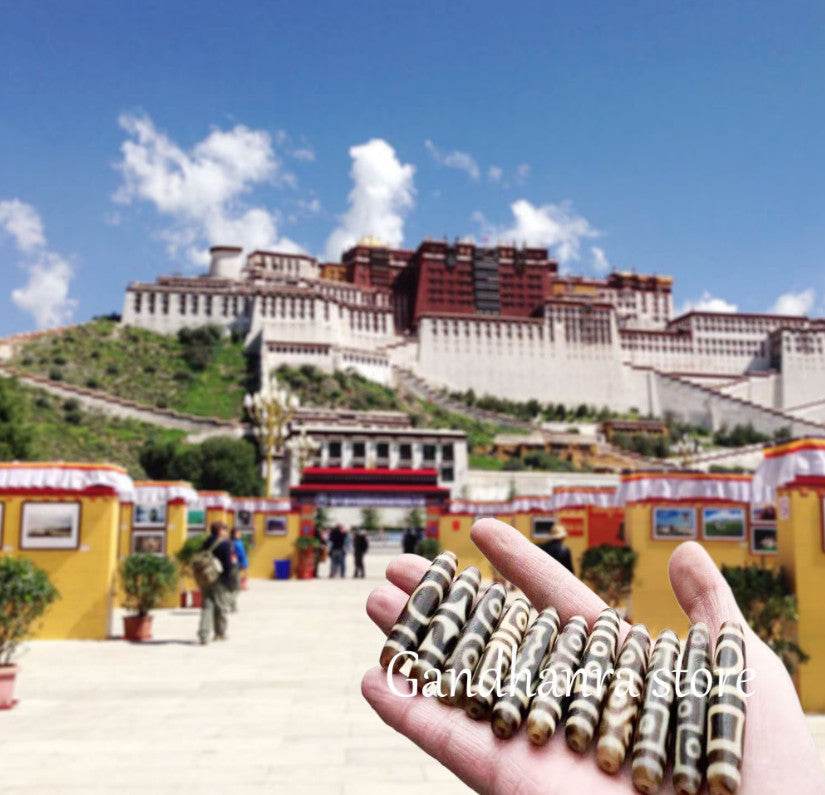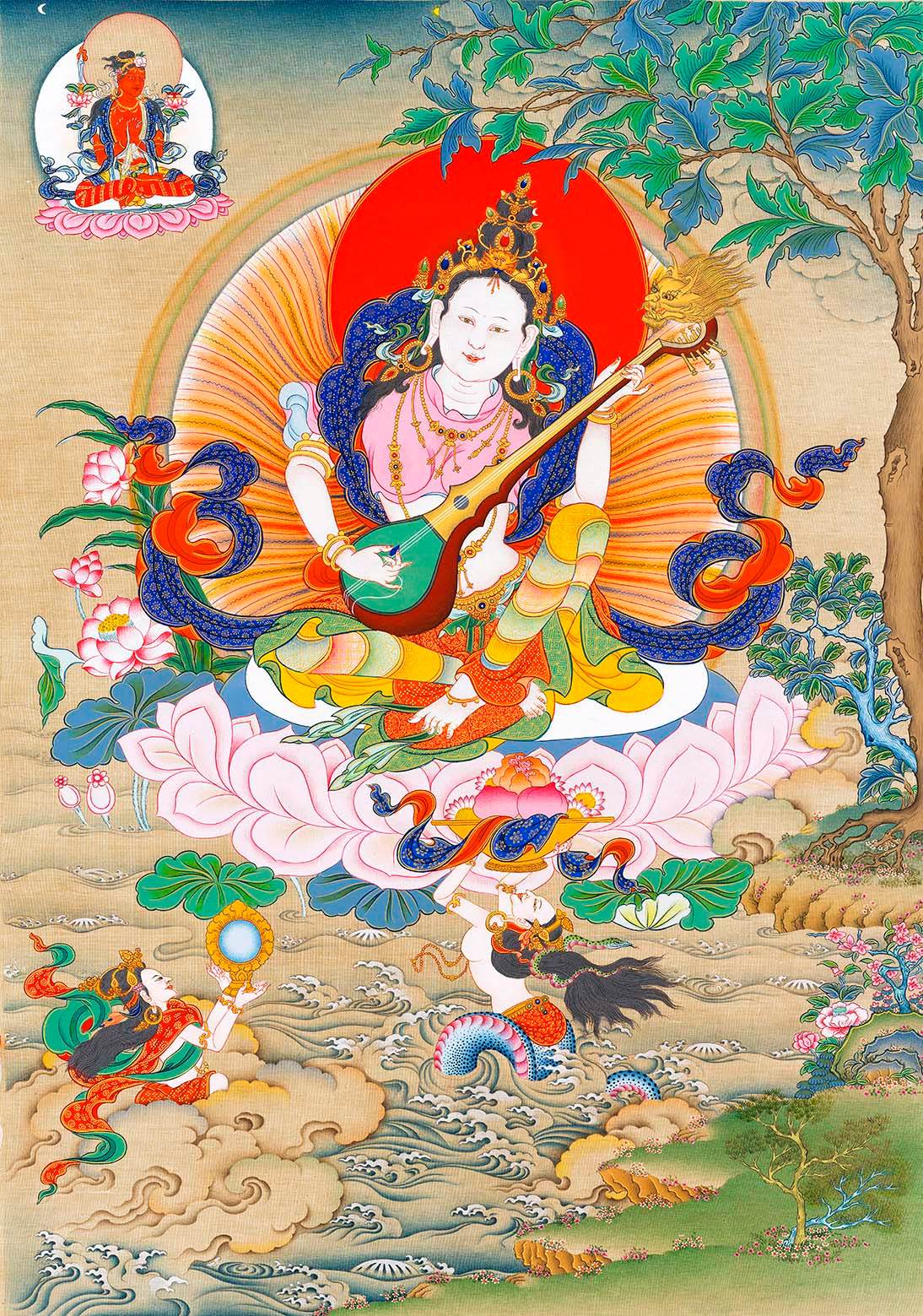
When Hippies Fall in Love with Nomads

"I feel as though I've waited my whole life
to come to this place,
to keep moving forward... "
— Diane Barker




Photo by Diane Barker
Hippies' Tibetan Roots
Diane Barker
A photographer and artist.
Her nomadic roots trace back to the 70s,
when she was a hippie in a camper van,
25 years old, and met the first Tibetans,
including the 16th Karmapa.

At 40, she traveled to the Himalayan region,
and her photography career began to rise.
She has visited Tibet,
as well as Tibetan areas of Sichuan, Gansu, Qinghai, and Yunnan,
documenting the lives of nomads through photography.

Back at Dzongsar Monastery, my Tibetan friend Oga helped me into a local Tibetan outfit—elegant yet practical, with a front pocket to store film rolls, very convenient; I liked it very much.
I have always held a deep affection for land-based cultures;
In 2000,
I met a Tibetan nomad in Changtang
and fell in love with their simple nomadic life and traditional culture.
Since then, nomads have become the heart of my photography.
I have traveled to Tibetan regions multiple times
and have been fortunate to live with nomadic families.

One of the first Tibetan nomads I met in my life. 1999.
The snow-covered plateau,
With an average altitude of 4,000 meters and an extremely harsh climate;
Under such conditions,
I realized,
Only a tenacious and unyielding people could survive here.
Perhaps it is precisely this vast and lonely land,
That has nurtured the Tibetans' innate pursuit of mysticism,
As well as their unique religious style.

The simplicity and resilience of the Tibetan people,
along with their kindness and warm hospitality,
have deeply attracted me.
Especially the nomadic women
have left a profound impression on me.
They lead well-organized lives
and shoulder most of the household chores.



Women working
I thoroughly enjoyed the time spent with them in the black tent,
the warm heart of nomadic life—
where we ate, slept, made butter,
socialized, prayed, gave birth and raised children,
and even faced death...



Life in the black tent
"Portrait of Tibet"
Diane Barker's photography collection "Portrait of Tibet"
includes 108 portrait photographs,
depicting the lifestyle of Tibetan nomadic peoples
and their situation in the face of contemporary urbanization.
It offers unique insights into these
guardians of the land's natural heritage.

"Portrait of Tibet" cover
Rows of smiling faces,
a vast expanse of pristine land.
These photographs capture
the nomadic herders who have milked yaks
on these high-altitude grasslands for millennia.
Diane Barker entered their world,
stepped into the black tents,
and experienced their profound
spiritual connection with this land.




Nomadism,
a culture that may soon disappear,
motorcycles replacing horses,
jackets replacing heavy sheepskin robes.
These photographs reflect
how she integrated into this community.
The land still brims with ancient magic.


The Transformation of Nomadic Life
Diane captured the daily rituals of the nomads,
including making butter, cutting yak meat, milking, and collecting dung—
a way of life where simplicity
is imbued with a sense of beauty.
A mother braiding her daughter's hair,
a woman spinning yak wool while drinking butter tea,
a family eating tsampa...
Can you picture this scene of happiness?



Daily life of the nomads
Primitive vitality
In the high-altitude climate,
the weathered yet vibrant faces
deeply captivate me.
These people are beautiful
because they are natural,
expressing themselves through playful smiles, glances,
even those expressions that seem to say,
"Oh, are you taking a photo?"
Every movement is so beautiful
because they remain exactly as they are, even without a camera.



I believe Tibetans possess
an "extraordinary, primal strength and dignity"
as well as a "tremendous vitality."

I hope to show as much kindness and dignity as possible
to the subjects I photograph.
When spending time with a family,
a necessary trust must exist between us.
I maintain a calm, respectful, and unobtrusive presence,
so that the photographs can reveal a relaxed intimacy.

I watch
a Tibetan nomadic mother and her child,
see the light falling upon them,
and marvel at
the beauty, the colors,
the tenderness...

They allowed me to integrate into their lives,
which was a tremendous privilege.
While traveling with Tibetan friends,
I would occasionally encounter natural scenes—
pilgrims covered in dust returning from circling the mountains,
men strolling leisurely on the streets,
devout believers during temple festivals,
and Tibetan friends chatting in cafés...




Even after all these years,
I still cannot speak Tibetan,
but this allows me to focus on quietly observing,
while my Tibetan friends chat away tirelessly.
In their presence, I feel relaxed and at ease.



Believe in the continuation of "nomadism"
As ecological guardians of this sacred highland,
the photographer offers us a precious perspective
into a world where the land and its people
remain deeply connected,
where they cherish the sacred,
and express profound kindness and joy.



Under the dual pressures of modernization and urbanization,
the nomadic way of life is facing challenges.
However, Barker remains optimistic,
believing that precisely because the lifestyle of Tibetan nomads
is so unique and rare in China and even the world,
their "self-sufficient, simple, and free way of life,
harmonious with and respectful of the land"
will endure.

Perhaps more importantly,
those who believe in the "nomadic" way of life
need to make sustained and patient efforts
to spread this lifestyle
to the broader world.

This is my homeland.
I am a nomad.
For nomads, the grassland is extremely important—like home, like a mother.
If nomads lose the grassland, they lose their homeland.
They lose their mother.
— Bɑrɑng

Desert Control Hero Barang and His Brother
Photo by Diane Barker

From desert to grassland
This is the continuation of nomadism

Image and text sources: Book Review: Portraits of Tibet / Raymond Lam
Book Review / Llewellyn Vaughan-Lee
In Search of the Black Tents / Diane Barker
www.dianebarker.net/index.php
Compiled and edited by: Wang Cong







1 commentaire
exhs2z